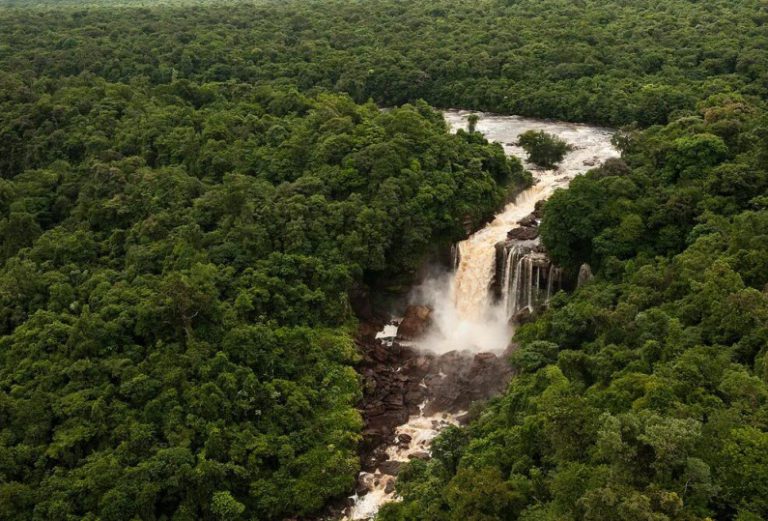The long-awaited Amaila Falls hydropower project in Guyana has attracted new investors, and as an outcome, Vice President Dr. Bharrat Jagdeo, said the government was going to request for fresh proposals in approximately two weeks.
At a recent press conference for the People’s Progressive Party Civic (PPP/C), Jagdeo stated that they were looking to issue the call for proposals. They aim to do so within a period of not more than two weeks.
Also read:http:Nachtigal hydropower project Cameroons largest HEP project forges forward
Additionally, he revealed that new investors from Korea, Austria, and Brazil have expressed interest in the project. The government intends to publicly request new proposals as a result of this interest.
Guyana Power and Light (GPL) is the main power company in the country. As the company struggles to meet the rising demand for electricity, Jagdeo expressed interest in the Amaila Falls hydropower project. There wouldn’t be challenges with energy supply currently, said Jagdeo, if the former APNU+AFC had supported the project.
Which company was first selected to carry out the Amaila Falls hydropower project?
China Railway Group Limited, was unable to carry out the project as the government wished. It has been unable to move on with the Amaila Falls hydropower project.
Due to its inability to acquire the necessary funding for the Build, Own, Operate, and Transfer (BOOT) model, the Chinese company made a request. They requested that the contract be changed to an Engineering, Procurement, as well as Construction (EPC) model.
The EPC model was not appealing to the government since Guyana might encounter more risk as a result.
It is said that the Amaila Falls hydropower project is especially crucial for Guyana since, in addition to the reduced electricity costs it provides, it will also help the country phase out its consumption of roughly 70 percent of non-renewable fossil fuels by 2027 by utilizing a mix of natural gas and renewable energy sources.

